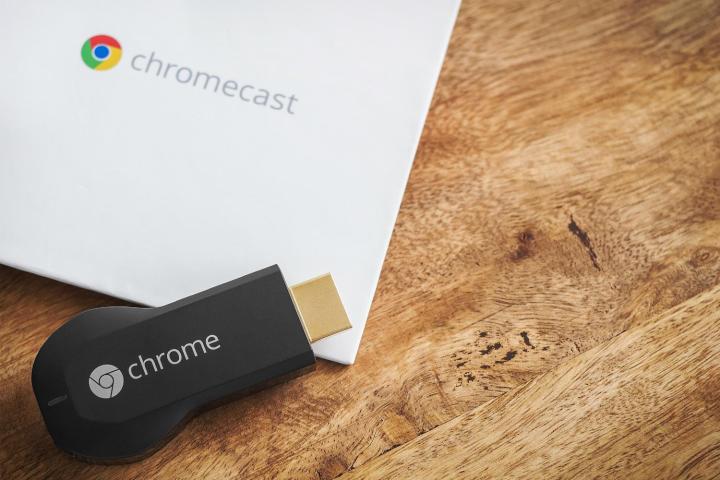
Here’s why: Casting content to the Chromecast dongle is currently a two-pronged function. There are Chromecast-compatible apps (for both iOS and Android devices), and there are Chromecast-compatible mobile sites. By nature, the intrinsically open-ended Android mobile OS has, from the get-go, allowed its users to cast web-hosted MP4s from any site via Chrome. But iOS users have only had access to Cast-ready apps – up until this week, that is. Yesterday’s iOS update – Chrome version 36 – “allows mobile sites that have added Cast support to work with your Cast-enabled device,” according to the blog post detailing the changes. But here’s the rub: you’re going to be hard-pressed to find a site on your iPhone or iPad that’s already Cast-ready, and there’s no list to reference either. Get ready for some trial and error.
It’s a bit of the chicken-or-the-egg conundrum – developers have little motivation to go out of the way to make their site’s mobile version Cast-ready for iOS when, until yesterday, iOS users could only cast from apps. Considering that it’s up to each individual website to develop (or not develop) support for the dongle, iOS usesr simply have to wait and see which sites opt in and take a crack at the SDK.
But you don’t necessarily have to just sit on your hands and wait or, alternately, search for the “needle in the haystack.” Google recently made it easier to find castable content by updating its directory of Cast-ready apps to allow narrowing the field to just iOS or Android offerings. You might stumble across sites that do support Chromecast by pulling up the mobile websites for the makers of the various apps included in Google’s Cast-ready directory. For instance, because HBO GO has a Cast-ready app, it stands to reason its mobile website may one day be Cast-ready too.
Ideally, a user-generated list of cast-friendly mobile sites will emerge in the coming days/weeks. For now, does the promise of this new function interest you?

